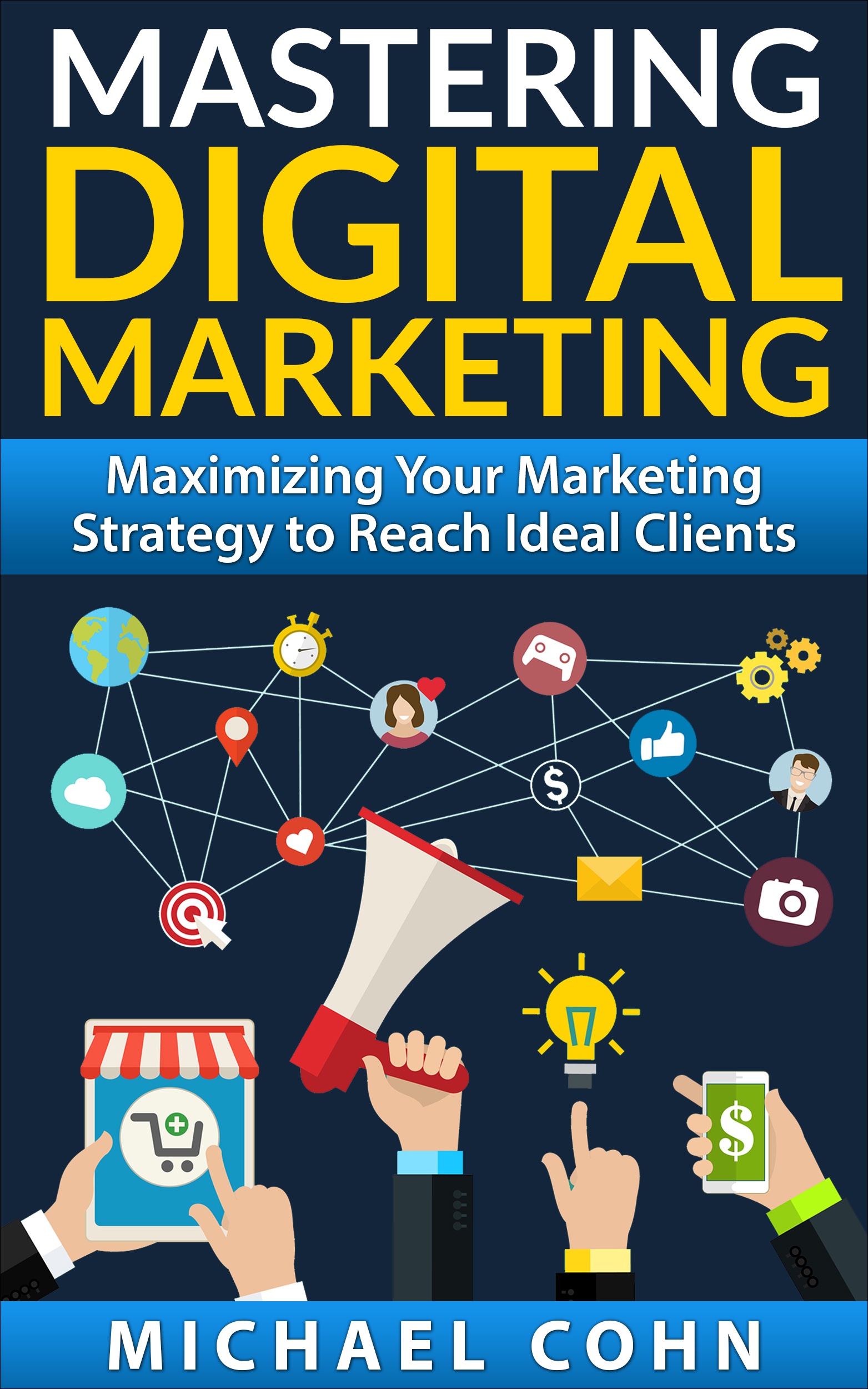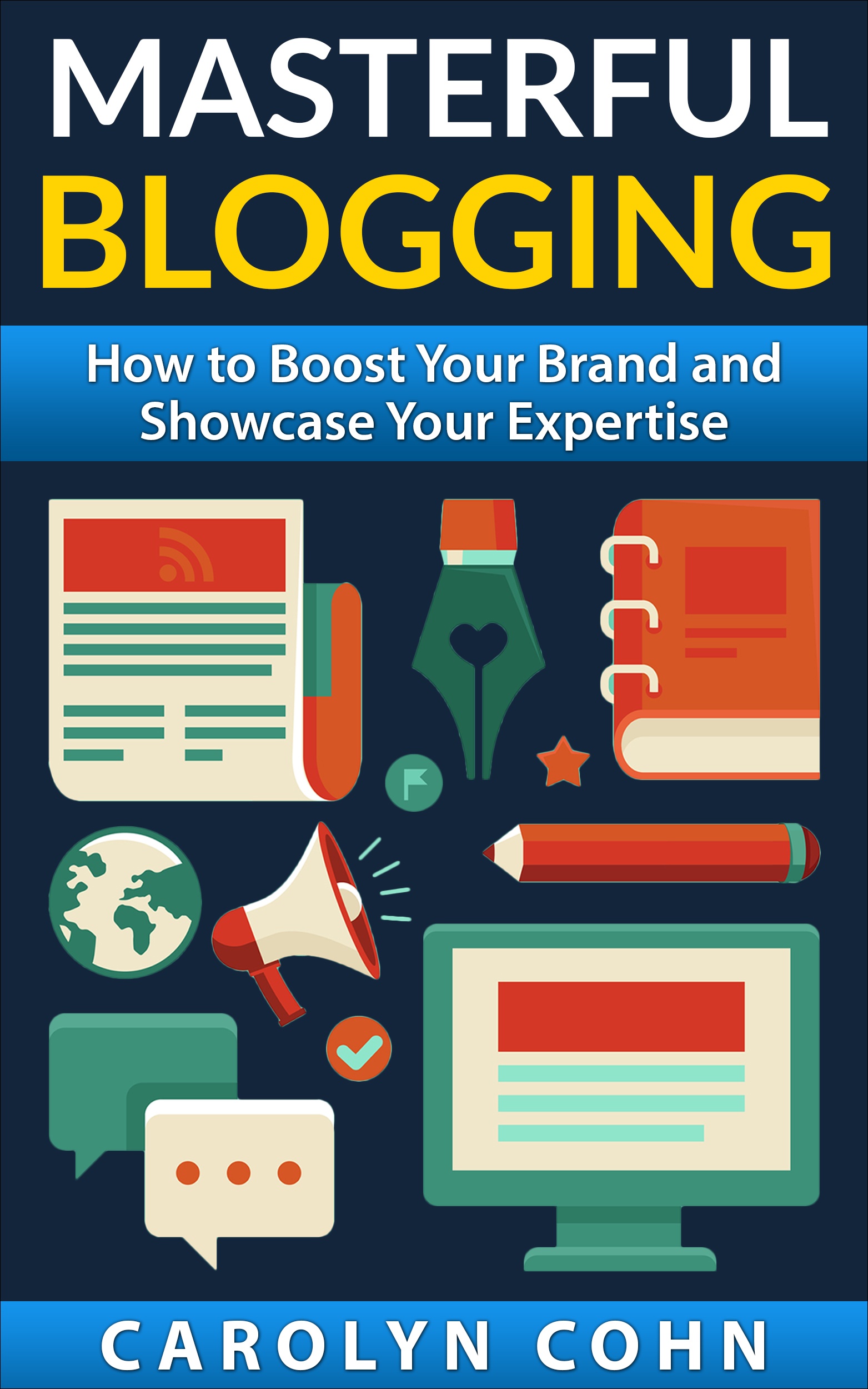The Unique Selling Proposition – USP

Development of this “central idea,” or what is often called a unique selling proposition, is one of the copywriter’s most difficult tasks. However, it is also one of the most essential concepts of the content as well.
What is a USP?
The USP (as it is often abbreviated) originated at the Ted Bates advertising agency in the early 1940s; as its famous originator, author and agency vice-president, Rosser Reeves, has indicated; however, it has been picked up by hundreds of agencies and has spread from country to country. Unfortunately, it has also become a very misused concept; frequently, it is applied loosely and without understanding to slogans, clever phrases, unusual pictures or sound combinations-in short, to almost anything deemed “different” in copy, layout, or production. We hope our interpretation of the USP will come close to the one intended by Rosser Reeves, but every student of advertising creativity must ultimately develop his or her own.
A USP, Reeves claims, gives leverage to an advertising campaign–that extra tug that pulls consumers over the line of indecision or confusion to specific product preference and then to brand loyalty. Now consider the three words individually.
“Unique”
“Unique” refers either to a unique feature of the brand itself or to a claim not currently being made by competing brands (even though they could if they so desired!).
It is important to point out that today’s Federal Trade Commission does require substantiation of advertising claims and may take issue with anything presented as “unique.”
“Selling”
“Selling” refers to sales value. The claim–whatever it is–must be strong enough, important enough, relevant enough, believable enough to convince consumers that it is in their own best interests to try the brand in question. Consider vegetable juice again, and suppose that V-8 had been developed by a person named Valdimir Van Vaulkenburg! Unique? Certainly, but the consumer’s reaction will merely be: “So what? Who cares?”
There is no sales value in the name Vladimir Van Vaulkenburg. Even if he represented a well-known company, it is doubtful in this day and age that consumers would buy his juice without some idea of its taste and/or nutritional value. On the other hand, a number of factors motivate consumers today, such as health, convenience, and the desire to care for loved ones; these are the kinds of qualities copywriters should latch onto and develop in the food and beverage line.
“Proposition”
“Proposition” refers to a promise: that if the consumer buys a certain product, with the unique feature or claim attached (selling point), he or she will receive a specific benefit. In other words, the USP matches a selling point with a consumer benefit and does so in a unique way.
USPs are often difficult to grasp and apply–but they make or break most advertising campaigns. They are really so crucial to creative (and overall communicative) success that they should pretty well fill their respective advertisements. A maxim for copywriters is: one solid USP per ad-and if “additional” selling points and benefits are included, they had best be few in number and relatively minor in importance. (Otherwise, they overpower the USP.)
Conclusion
You may or may not understand the importance of your USP in your business but if you don’t have one, there is nothing that would make the other person choose to buy from you over your competition. It is that basic. If you don’t have one already, you should come up with a USP that is powerful and effective as quickly as possible for the good of your business.
We are pleased to provide you with the insightful comments contained herein. For a complimentary assessment of your online presence, let’s have coffee.

|



Thank you for another fantastic post. Where else may just anybody get that
kind of information in such a perfect method of writing?
I have a presentation subsequent week, and I’m at the look for
such info.